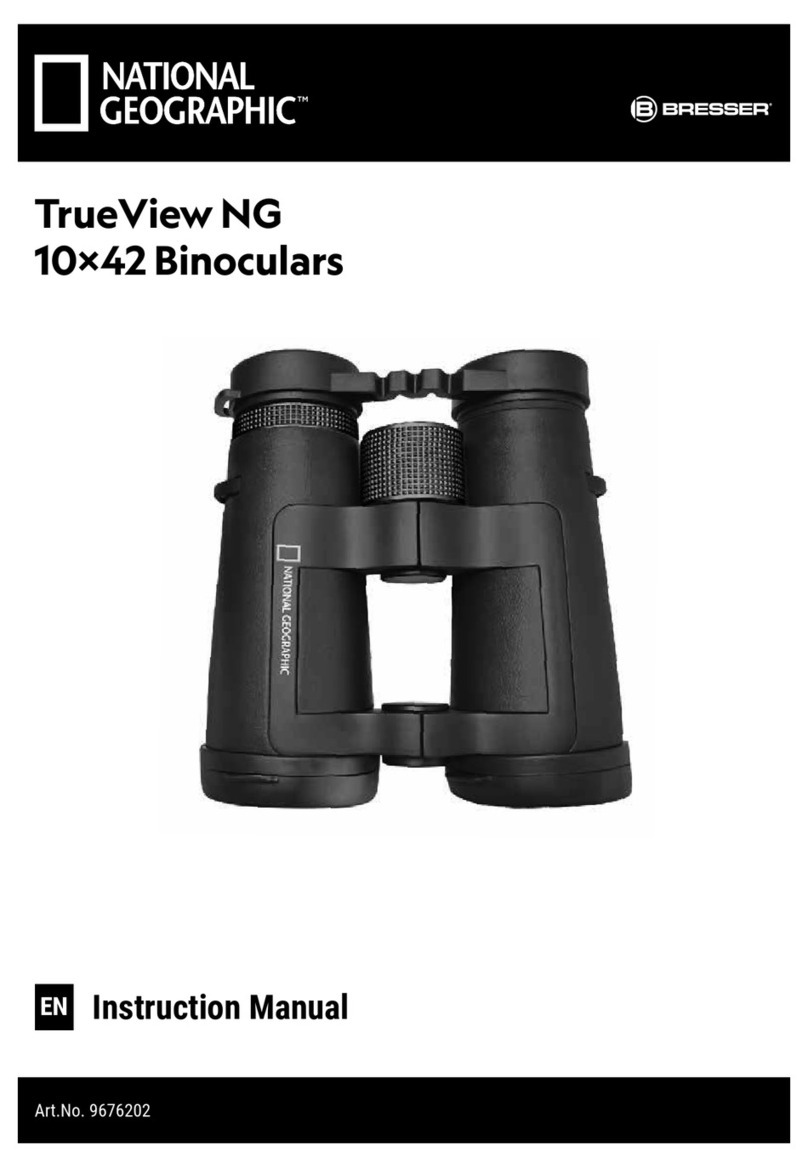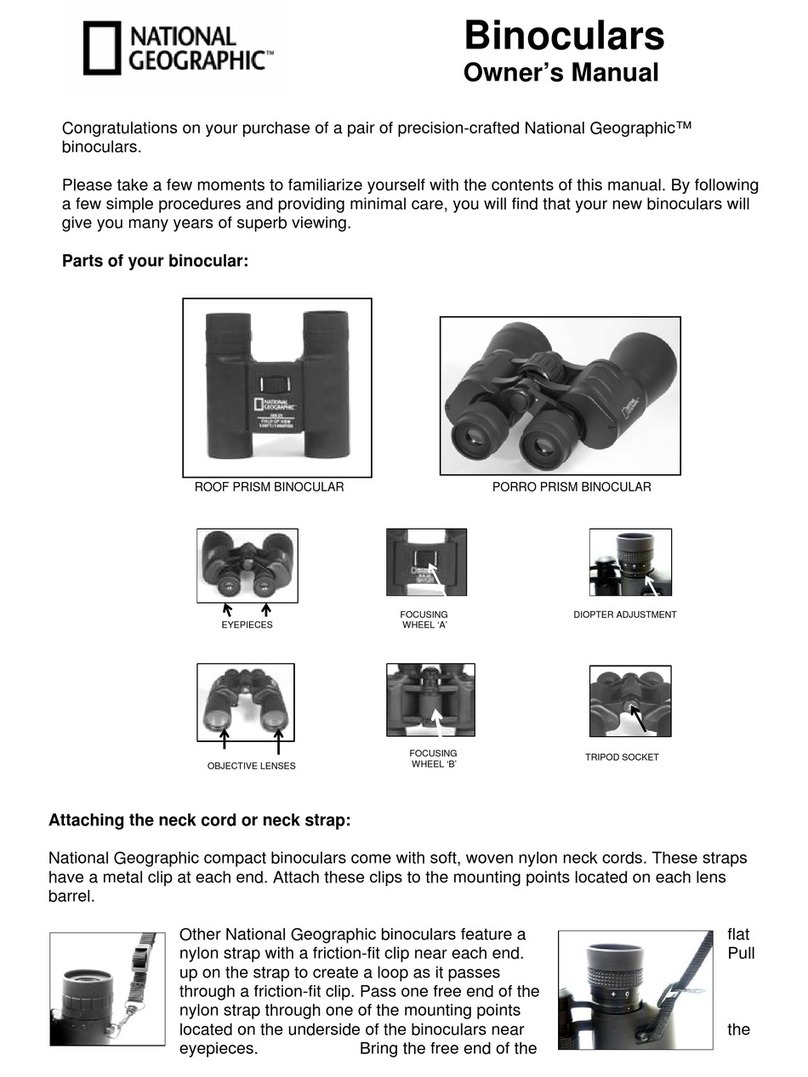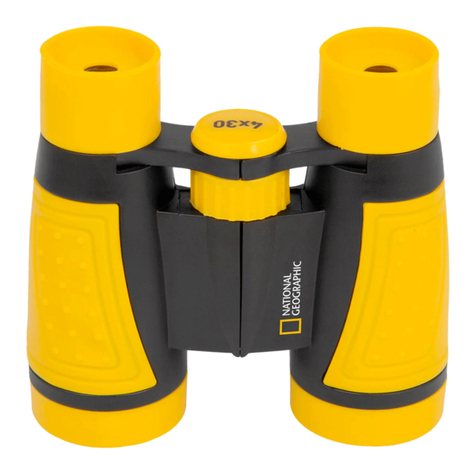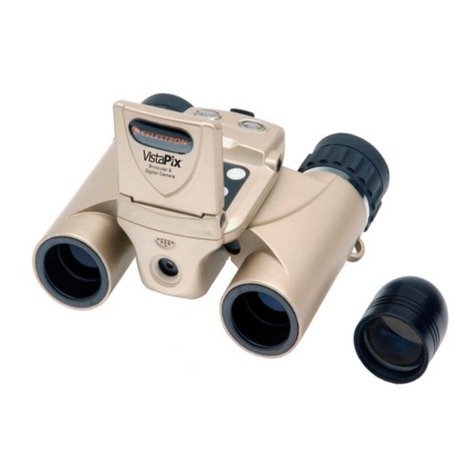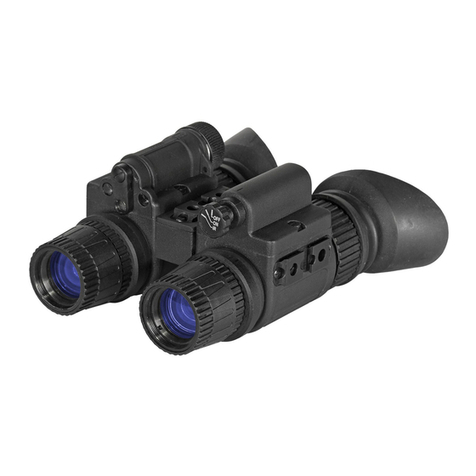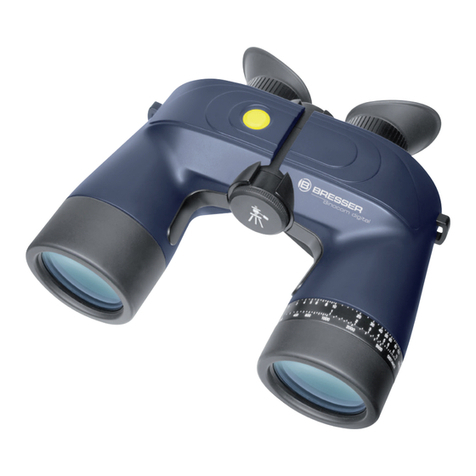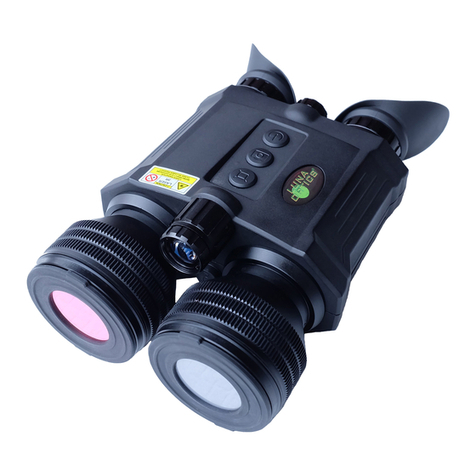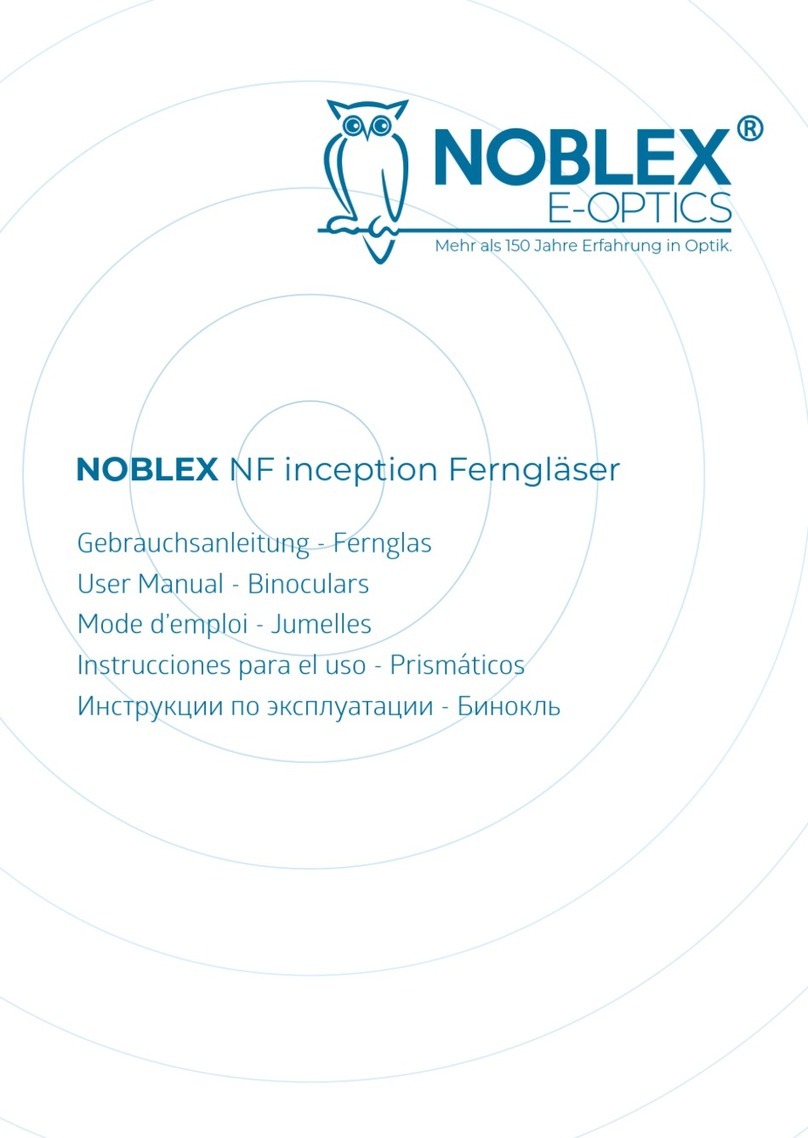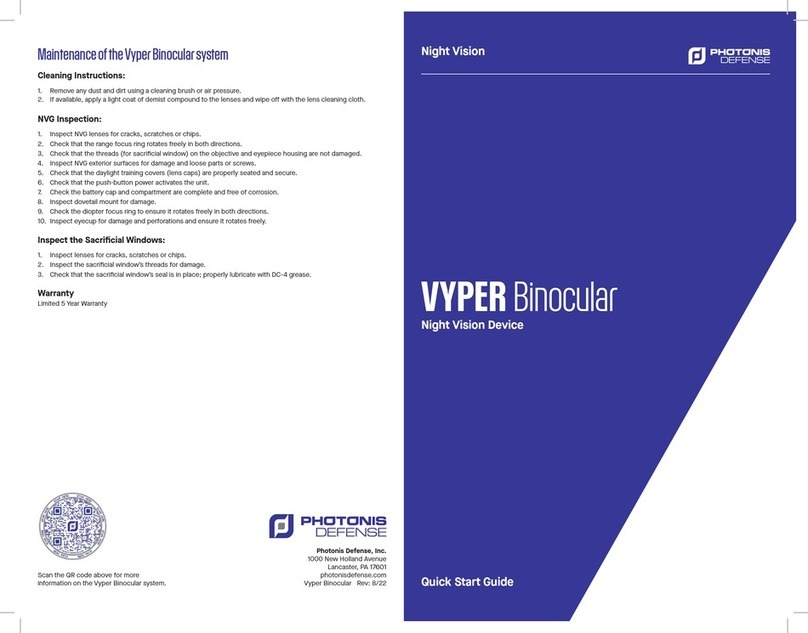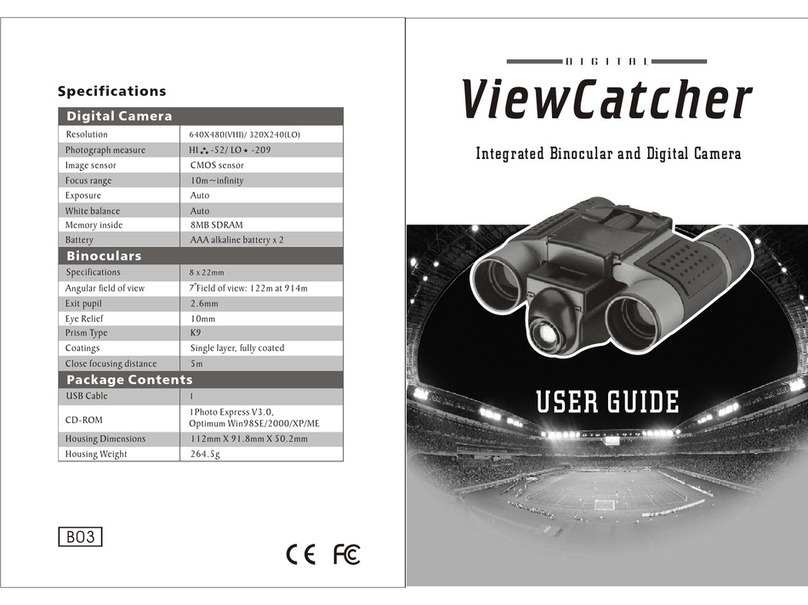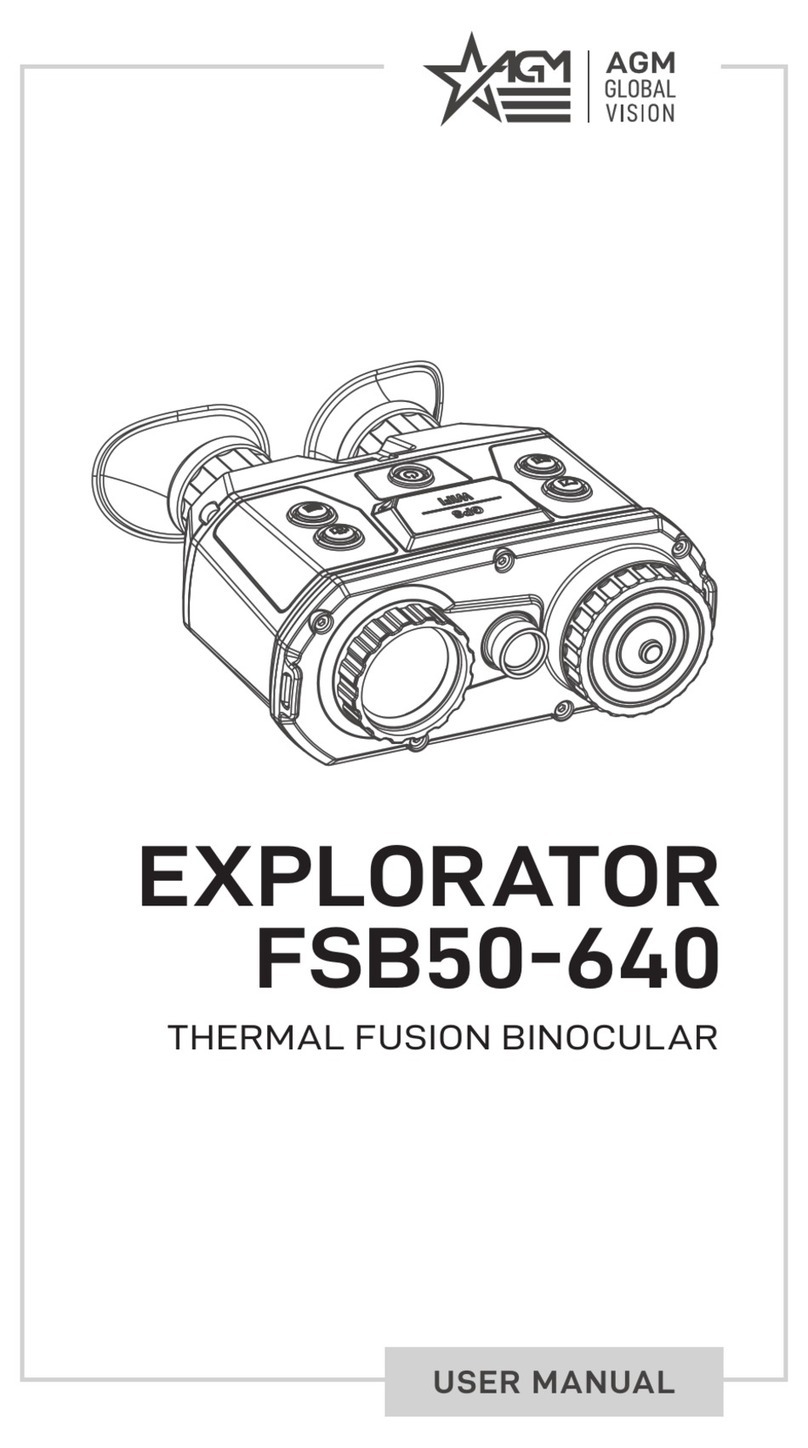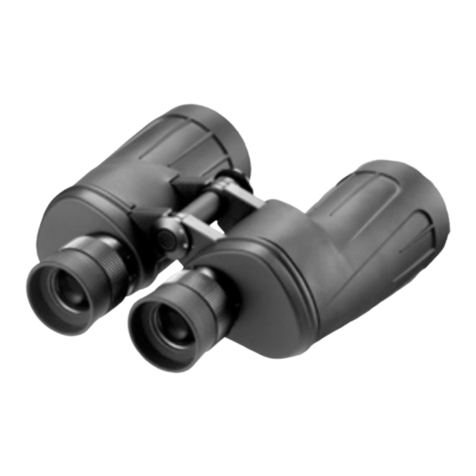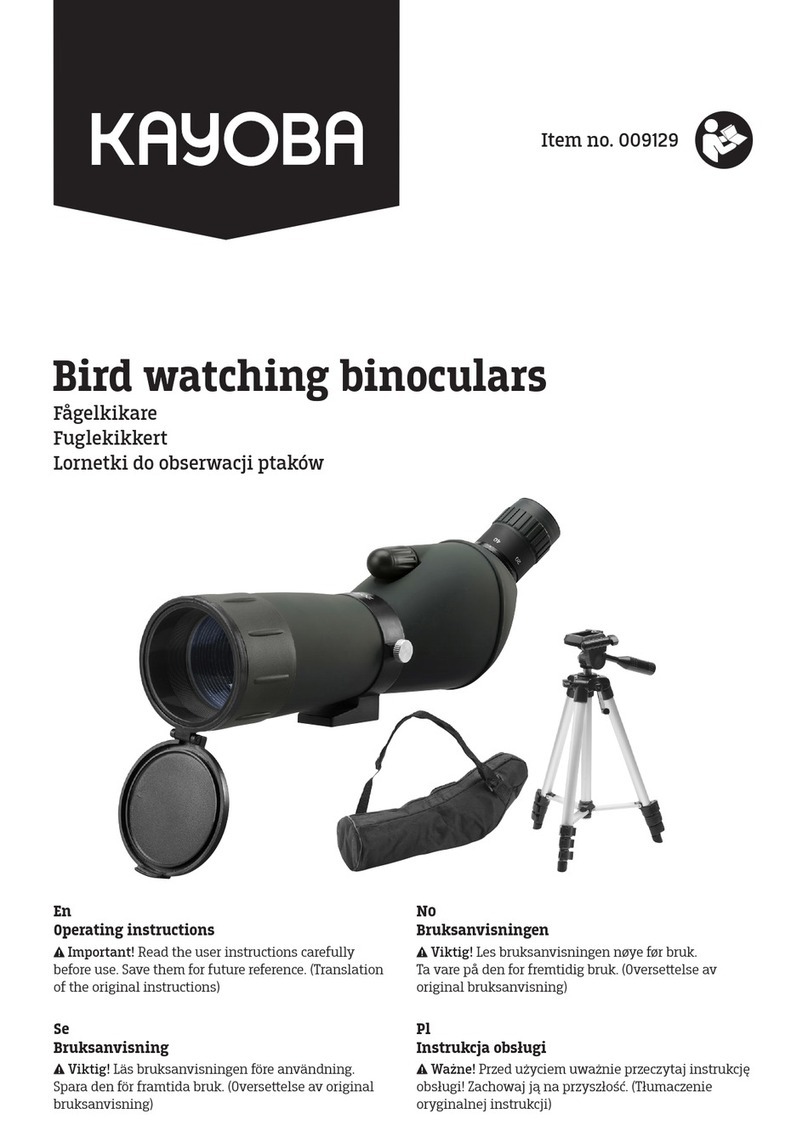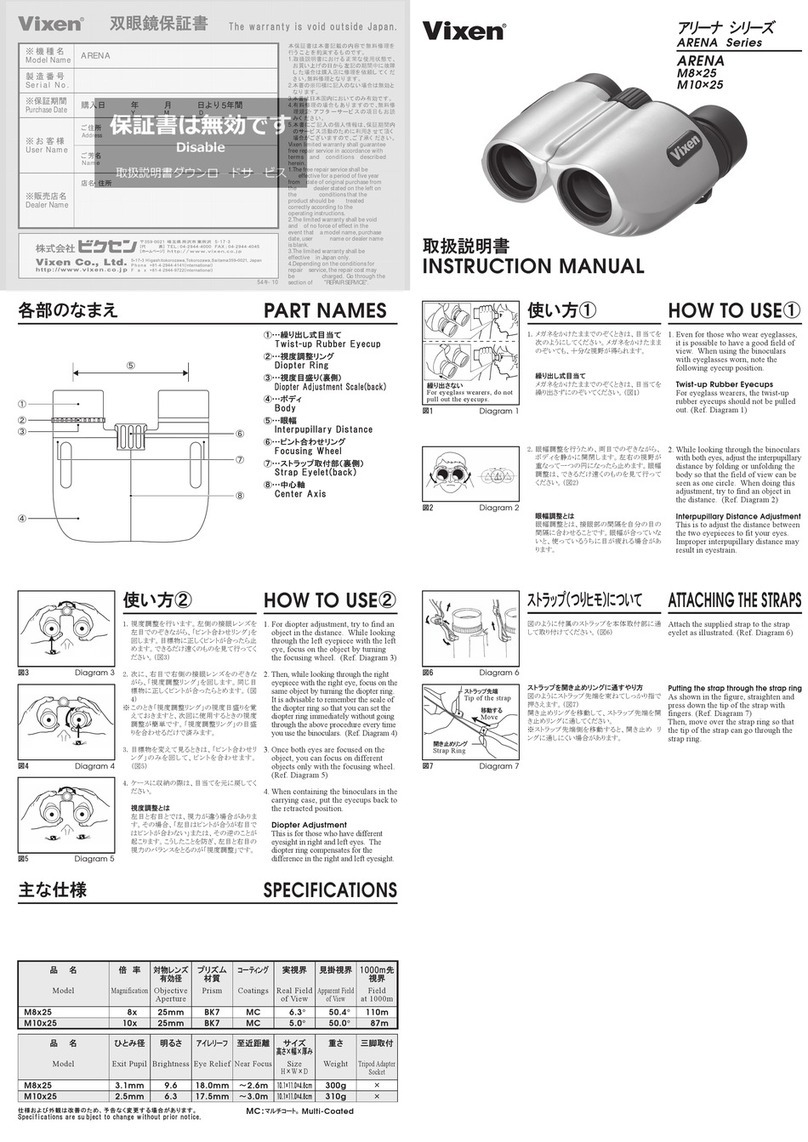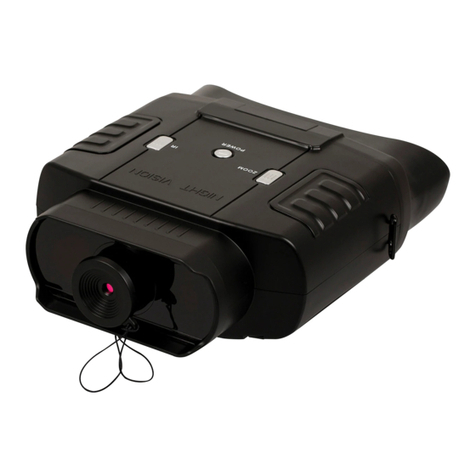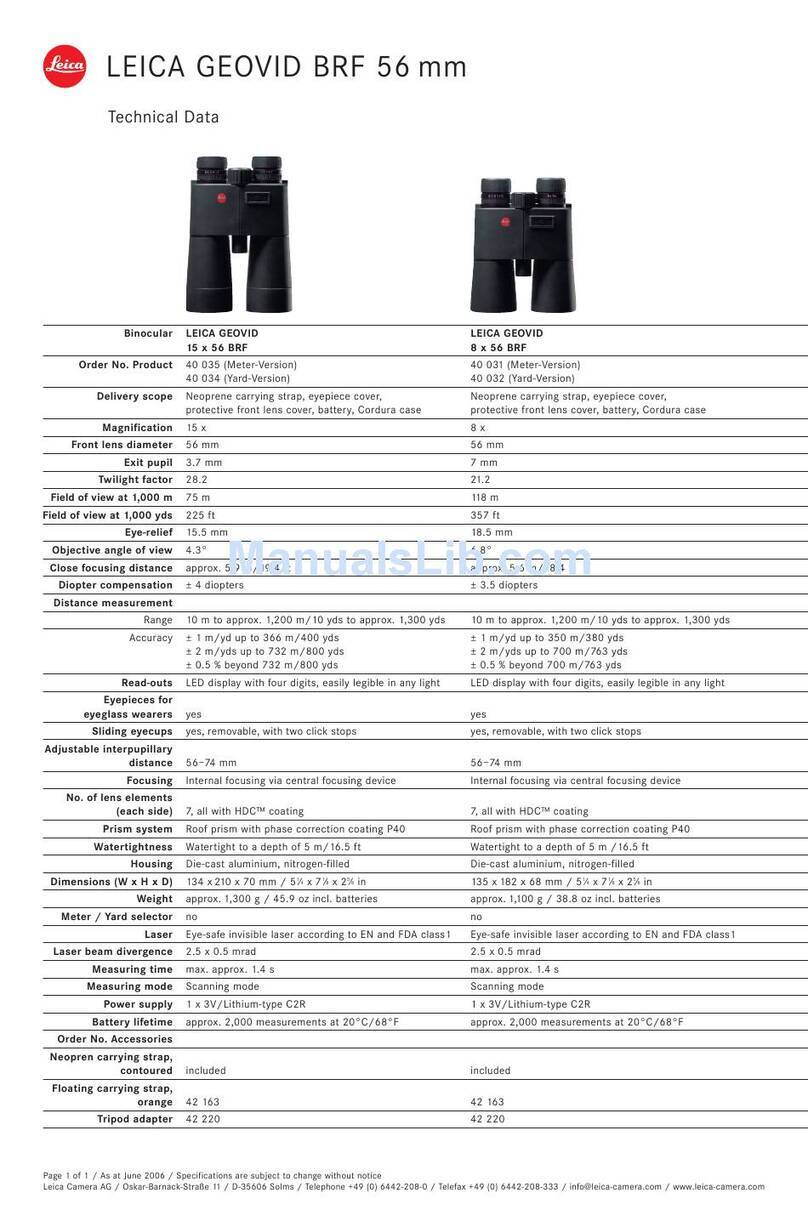2
Customer Service: Call 1-866-252-3811
National Geographic’s net proceeds
support vital exploration, conservation,
research, and education programs.
WARNING: NEVER ATTEMPT TO OBSERVE THE SUN WITH THIS DEVICE!
OBSERVING THE SUN – EVEN FOR A MOMENT – WILL CAUSE INSTANT AND
IRREVERSIBLE DAMAGE TO YOUR EYE OR EVEN BLINDNESS. Eye damage is often
painless, so there is no warning to the observer that the damage has occurred until it
is too late. Do not point the device at or near the Sun. Do not look through the device
as it is moving. Children should always have adult supervision while observing.
SUN WARNING
SAFETY WARNINGS
• Respect privacy: When using
this device, respect the
privacy of other people. For
example, do not use them to
look into people’s homes.
• Choking hazard: Children
should only use device
under adult supervision.
Keep packaging materials
like plastic bags and rubber
bands out of the reach of
children as these materials
pose a choking hazard.
• Risk of blindness: Never
use this device to look
directly at the Sun or in the
direct proximity of the Sun.
Doing so may result in a
permanent loss of vision.
• Risk of fire: Do not place
device, particularly the
lenses, in direct sunlight.
The concentration of light
rays could cause a fire.
• Do not disassemble this
device. In the event of a
defect, please contact
your dealer. The dealer
will contact the Customer
Service Department and
can send the device in to
be repaired if necessary.
• Do not subject the
device to temperatures
exceeding 60° C (140° F).
• Disposal: Keep packaging
materials, like plastic bags
and rubber bands, away
from children as they a
pose a risk of suffocation.
Dispose of packaging
materials as legally
required. Consult the local
authority on the matter
if necessary and recycle
materials when possible.
Read and follow the instructions, safety rules, and first aid information.
How to adjust the distance between your eyes:
The distance between your eyes is called interpupillary distance. It varies from person to person. To achieve perfect
alignment of the lenses to eyes, follow these simples steps.
1. Hold your binoculars in the normal viewing position.
2. Grasp each barrel firmly. Move the barrels closer together or further apart until you see a single circular field.
Always reset your binoculars to this position before using. Most binoculars have a graduated area at the top of the
center hinge for reference in setting interpupillary distance for subsequent use.
How to adjust the diopter setting and center focus:
1. Adjust the diopter scale on the right eyepiece to 0. Look through the binoculars at an object about 150 feet away.
2. Shut your right eye, and focus correctly for your left eye using the center focus wheel (3).
3. Now shut your left eye, and adjust the focus for your right eye, using the diopter setting (2).
4. Now the binoculars are correctly adjusted. You can vary the focus using the center focus wheel and both eyes will
always remain in focus. Make note of the diopter setting on the right side, for future use.

